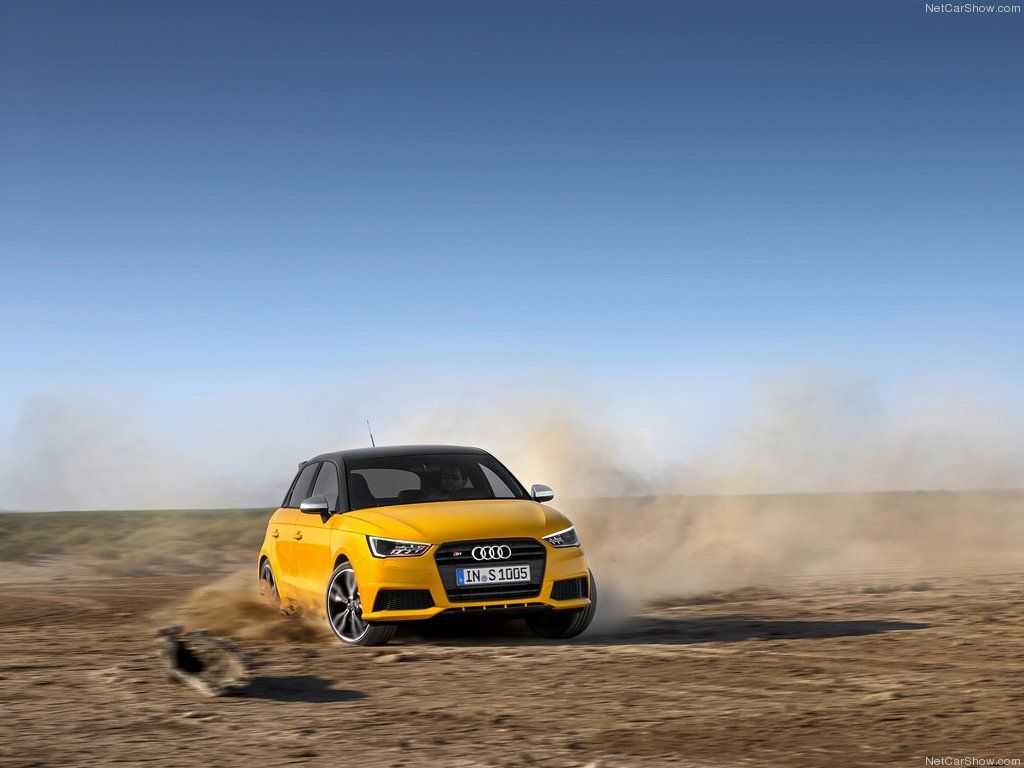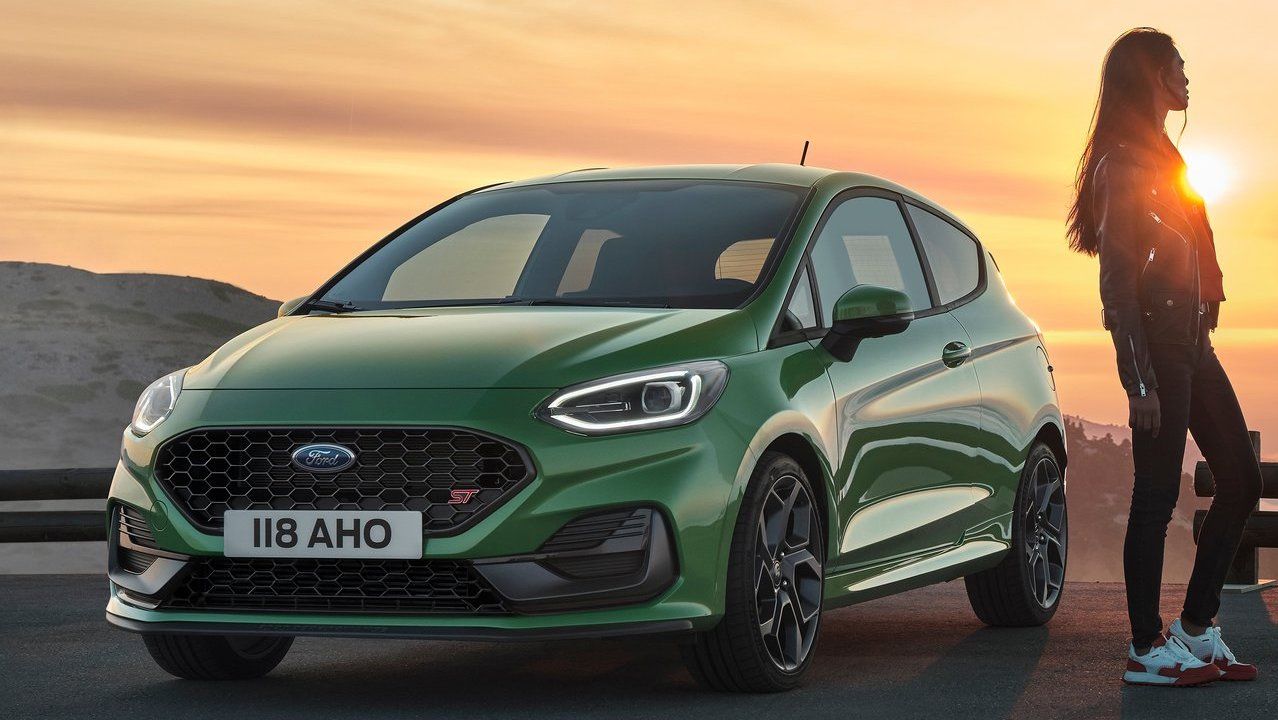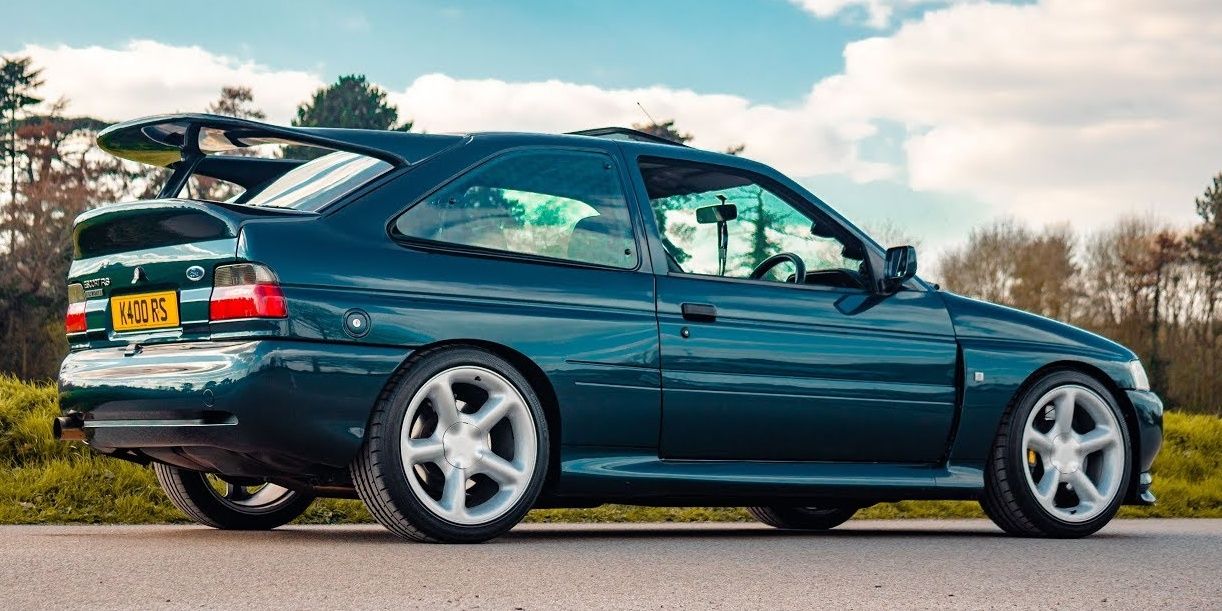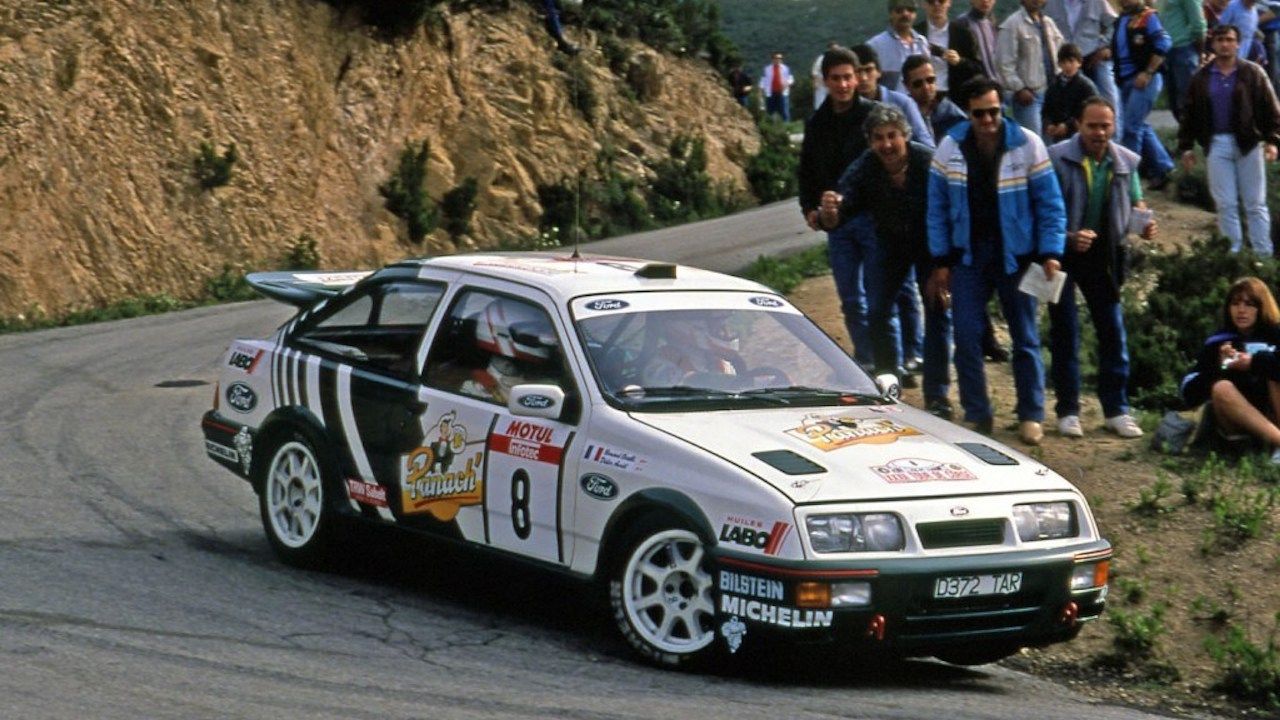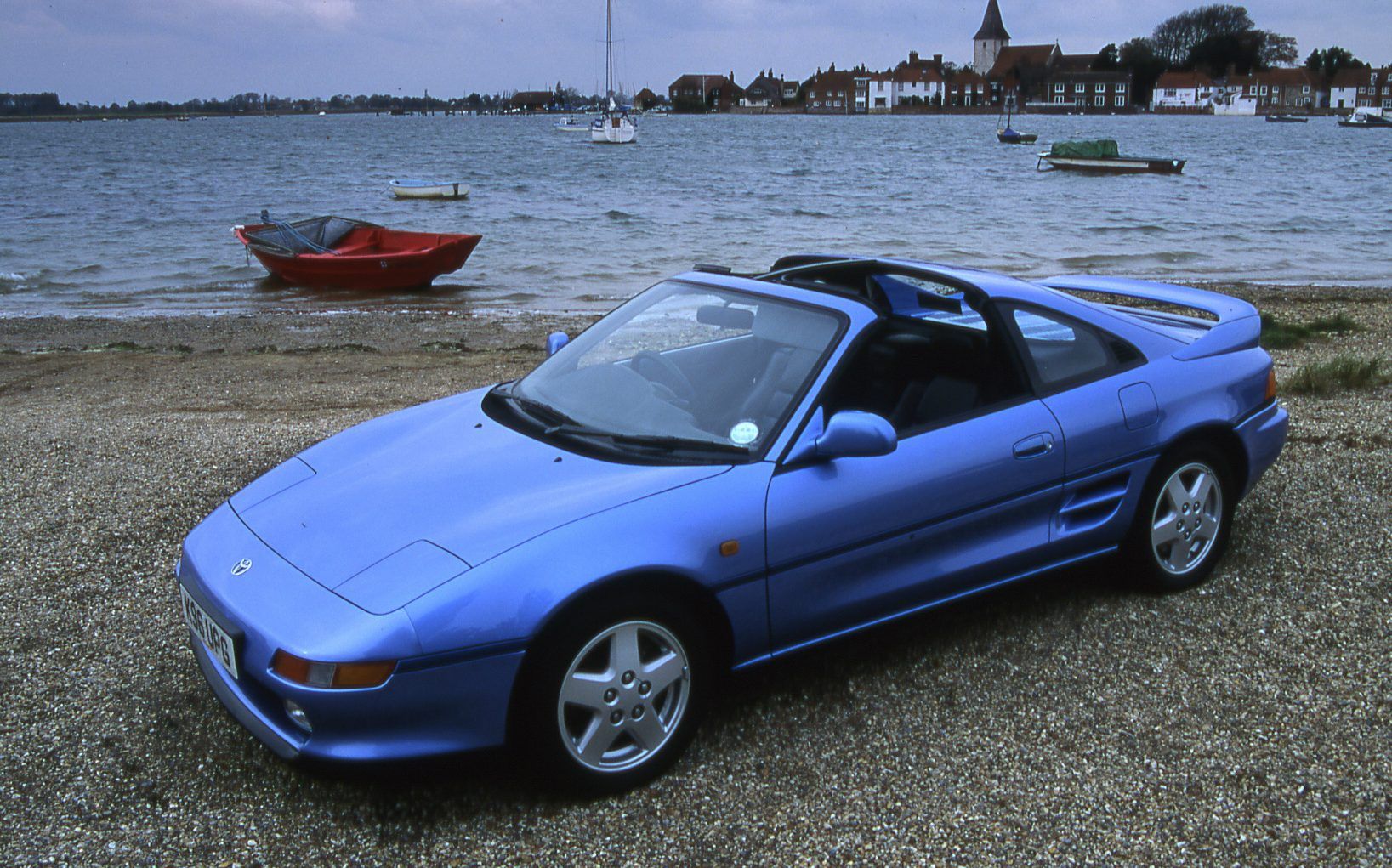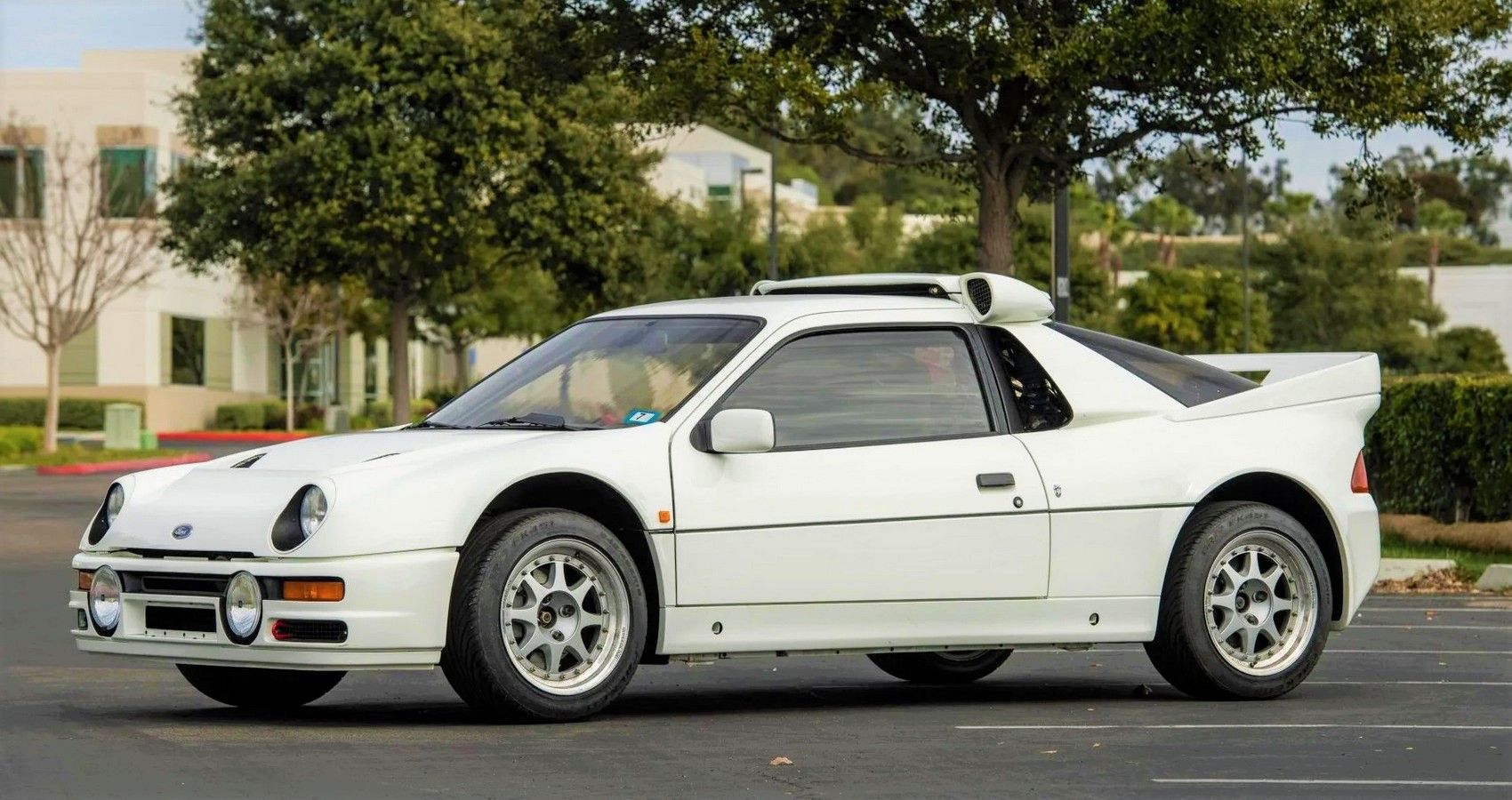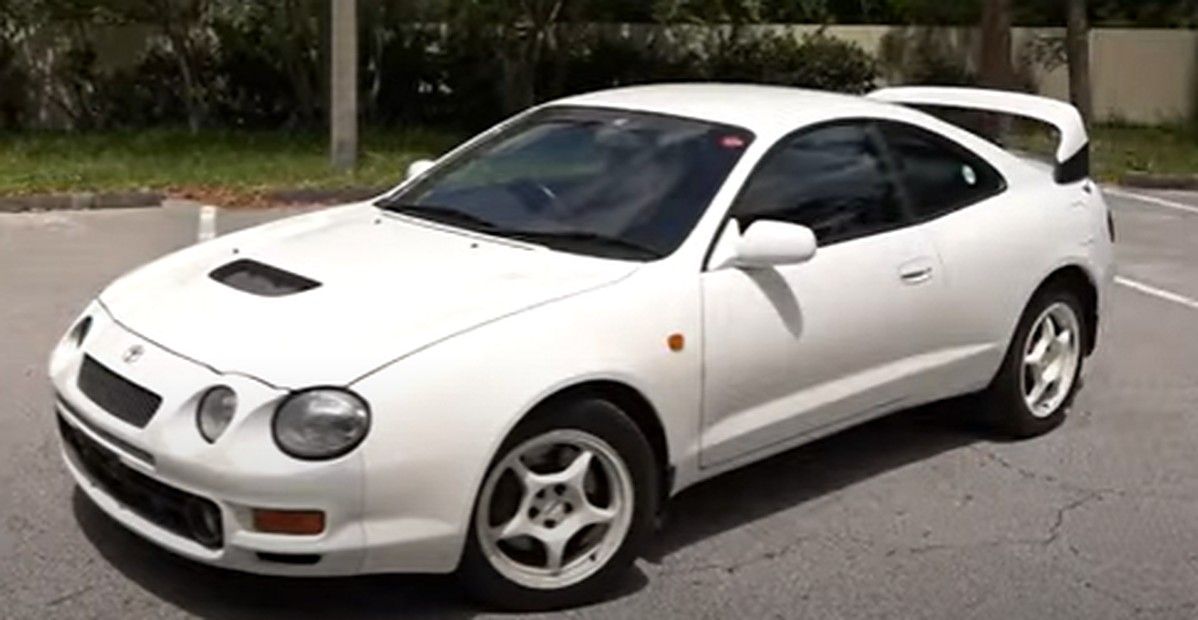Once upon a time, power only came in big packages. Bigger engines made bigger power, and the only way to increase that power was by working with the engine itself, either by finding a way to pass more air and fuel through the combustion chambers or by using what was there more efficiently. People and companies got excellent at it, but there was always going to be a discernible upper limit to what an engine could do. Then someone took a page from the tactics of fighter jet builders. Back in the day fighter craft were having issues at high altitudes simply because there wasn’t enough air to run the engines.
Updated May 2022: Turbochargers are a surefire way to make any car infinitely more fun. Even the smallest turbocharged cars offer power and acceleration that puts naturally aspirated cars to shame. With too many cool turbocharged cars to count, we've updated this list to include even more of those zippy turbo cars that can outrun almost anything.
The solution was simply to force more air into the engine with mechanical fans. Hence, the term Forced Induction. Fast forward to three decades after the war, and companies were putting the same things on production cars. At first, these devices were downright comical in their delivery of power. Nothing, nothing, boom. The aircraft forced induction systems were superchargers, which were directly driven by a belt off the engine crankshaft. The car systems in the late 70s were turbochargers, which were driven by the gases being shot out of the car’s exhaust. This meant they had more potential for peak power, but getting there took a while—turbo lag.
Over time turbos went from comical to fun, to streamlined as the technology was refined. Because of the turbo’s character, it is at its most entertaining in small cars.
22 Porsche 944
Porsche's small, rear-wheel, front-engine coupe, or cabriolet is a turbocharged and now affordable beast! The 944 was based on the 924 platforms and came either with a naturally aspirated, or turbocharged 2.5L four-cylinder engine.
The 944 had either a three-speed automatic or a five-speed manual transmission. Thanks to its small stature, the Porsche 944 was nimble and easy to control. Plus, the turbocharged engine could put down 247 horsepower, incredible for its time!
21 Volkswagen Golf R
Fun comes in small packages, and the Golf R is one fun hatch! The Volkswagen Golf R has a 2.0L turbocharged engine that puts out 315 horsepower, more than the Civic Type-R or the WRX STI!
The Golf R also has driver select modes that include a dedicated drift mode for more fun. Volkswagen supplies the Golf R with a six-speed manual transmission for the complete hatch experience. With the specs it boasts, it gives the world a German alternative to Japanese domination.
20 Ford Mustang EcoBoost Fastback
Who says that Mustangs need V8s to be fun? With the Mustang EcoBoost Fastback, the 2.3L EcoBoost engine sports a turbo to pump out an impressive 310 horsepower.
The Mustang EcoBoost Fastback sports a six-speed manual to give owners the feeling of true Mustang glory. Ford supplies the Fastback with launch control, new Ford entertainment, and luxuries, and iconic Mustang body styling. Plus, opting for the Fastback means more money left over for mods!
19 Honda Civic Type R
The Civic Type R is a more holistic and less hotrod-like interpretation of the sport compact. Mechanical and structural sophistication allows the Type R to turn, stop, and accelerate almost as if it wasn’t front-wheel drive. There is a little understeer, but torque steer is severely curtailed, and the car is quite capable of slinging into a corner and holding an aggressive racing line off power. And it certainly has power as well.
While 300-ish horses doesn't sound like much in the modern era of 700 horsepower family sedans, the power is used so efficiently, it will outrun other more powerful front-drive cars. And also destroy the occasional four-wheel drive turbo car on the track.
18 Dodge Neon SRT-4
Small cars, and of course, cheap cars. It’s hard to find a car cheap with any kind of real performance credibility these days, but the SRT-4 makes it happen. With a compact body and massive turbo power, SRT-4s, colloquially known as Skittles, are known for not getting traction until the tail end of second gear if driven without restraint.
When modified, this lack of traction can extend well into third and sometimes even fourth, partly because of the Skittle’s less than grippy front-drive layout, and partly just because they can create such relatively massive numbers without trying very hard.
17 Isuzu Impulse
Four-wheel drive turbo cars with relatively lightweight are something Japanese manufacturers dominated back in the glory days of the 90s. This combination has been the performance benchmark that even some mid-engined sports cars struggled to surpass, and has underpinned such greats as the Lancer Evolution series and Celica GT4. But you’ve likely heard of those. This is something different.
During a partnership with GM, Isuzu lent their designs in return for market help and access. The 2700 lbs, turbocharged, four-wheel drive Impulse is the fastest thing they brought over. With only 160 horses it wouldn’t leave a Mustang for dead once rolling, but thanks to the four-wheel drive it would certainly leave one at the launch.
16 Mitsubishi Eclipse GSX
Concurrently, fellow small Japanese carmaker Mitsubishi was building something that would soon become legendary. Powered by the near ethereal 4G63 turbo four-cylinder, channeling its thrust through all four wheels, and weighing barely 3000 lbs, even from the factory it was proper. Modified, however, it rocked the underground street racing scene.
Before this car, the only real combination for street domination was a lightweight supercharged and/or nitrous boosted V8 muscle car with slicks. But now the guys with little Japanese subcompacts could put up a legitimate challenge, using four-wheel drive and upgraded turbos to hang with cars whose superchargers were bigger than the Mitsubishi’s engine.
15 1998 Subaru Impreza 22B STi
The 22B never needed modification. The greatest of all 90’s rally homologation specials, the 22B is literally a street legalized WRC competition vehicle, optimized for street use. The center diff is driver-controlled, allowing the driver to allow more or less power to the front wheels through the all-wheel-drive system.
The intake is water-cooled, which is also driver-controlled. Muscular and curvy bulging fenders conceal larger rubber and high-end suspension, and of course, a massive fast Subie standard hoop wing towering over the rear. This car wasn’t originally offered in the States, and while the Japanese had access to this 300ish horsepower rally legend, we got a narrow-body commuter car.
14 Mazda 323 GTX
Besides videos of Swedes doing the impossible with family sedans and hatchbacks through the European countryside and forests, probably the best legacy of the ’80s and 90s professional rally racing are the many homologation specials companies built in order to compete.
All follow the same basic layout of a turbo four-cylinder up front and four-wheel drive, and all of them are awesome. The 323 is different though. Flying under the radar compared to the vastly more popular Mitsubishis, Subarus, and Toyotas, the 323 is smaller than its already compact contemporaries. It made 80 fewer horsepower from just a 1.8 liter- but it also weighs five hundred pounds less than an Impreza or Evo.
13 Fiat 124 Abarth R-GT
90s rally was perhaps the golden era for accessible rally homologation specials, but the modern era has its own specialized race-only performance machines. The R-GT is a hardcore rally machine bred from the far softer 124 turbocharged road car.
The weight was reduced, a cage added, suspension and brakes upgraded, and the boost cranked up to produce 300 horsepower. Still rear-wheel drive like the road car, but with a high-end sequential transmission and massive handbrake. This is a car that can take jumps without issue and with the right driver even outrun all-wheel-drive turbos in tarmac-based rallies. But then again, it is a specially built race car.
12 Suzuki Alto Works
Here in the States, a singular expression pervades when one shows up to a car meet in a Japanese “Kei” car. It is curious, honest, and very explicit. “WHAT IS THAT?!” That, my countryman, is a car class dreamed up in Japan for Japanese cities, small in every measurable dimension and by any scale.
Small in size, small in power, and tiny in weight. But massive in charm, aided by the fact that the golf cart-sized cars can literally fit in a large pickup bed. Limited to strict size limits and 660cc engines, the cars are “officially” only allowed 63-64 horsepower. This one is turbo four-wheel drive, like the great rally machines of the era.
11 Autozam AZ-1
But while a turbo four-wheel drive 1500lbs Kei car like the Alto Works is awesome, a mid-engined and gullwing door-equipped sports Kei, the AZ-1, is a car with the same turbocharged three-cylinder engine. It is otherworldly.
It also helps that they are designed to have the boost cranked, which can add 50% or more horsepower without actual modification. With proper tires, this leads to a driving experience only an Ariel Atom or high-end Caterham can come close to except with an AZ-1 you are enclosed and fully comfortable, albeit cramped if you yourself are not small in dimensions. This is a 1400lbs turbo mid-engine sports car. That could be sweet.
10 BMW M2 Coupe
It says a lot that a car that weighs more than double what an AZ-1 does is still a compact. But it helps to have double the cylinders and more than four times the stock horsepower. BMW’s lineup had some serious issues as of late as if an entire generation of their cars forgot they were supposed to be the “Ultimate Driving Machines.”
Power and speed went up, but so did weight, and driver connectivity and fun were lost in the mix. In the midst of all that, there was the M2. A car that not only harkened back to the glory days, and not only did those days justice but did so with more driver accessibility and safety than ever before.
9 Audi S1
Audi, unlike Suzuki and BMW, doesn’t really do barnstorming sports machines. They build executive cruisers, professional and tidy cars that transport wealthy people from one place to the next quickly and with understated luxury. So you’d expect any small car built by them to be something of a bore.
The Audi S1 is heavy, at 2900 lbs, and you certainly won’t be sliding around corners in it. But the four-wheel-drive system gives a sure-footed grip on the road, and the brakes and suspension won’t let you down. The 228 horsepower engine is the best part however and is enough to punt you down the road even before modifications.
8 Ford Fiesta ST
The Fiesta is one of the most fun cars Ford built if one can get past it being front-wheel drive. Punchy, light, and agile, it is one of those cars which you expect nothing from when you see it, but when it does its thing leaves you impressed.
Almost by default, it is one of the best driver’s cars Ford built, just by its simplicity and turbocharged engine. With a stock output of 180 horses and a weight of 2700lbs before weight reduction, it is easy to see how this could easily be made into a competent racer.
7 Ford Cosworth Escort RS
The famous Escort RS is a competent racer from the factory. Another one of those glorious 90s homologation specials, the RS is a turbo four-wheel drive masterpiece, whale tail wing included. Imbued with the glorious Cosworth engine, the Cosworth Escort can accurately be described as a British Evo.
Successful performances on the rally stages of the world earned it the sterling reputation it has, with maneuverability and speed the match of any Japanese four-wheel-drive turbo car. The British beast’s performance was helped by weighing just 2800lbs, two hundred pounds lighter than the later Imprezas and Evolutions. It remains one of the benchmarks of cars of the era.
6 Ford Sierra Cosworth
Interestingly, the predecessor to the Escort RS only ever won a scant few rallies. It started as a rear-drive only car and was built to win on track. On the World Touring Car circuit, it did so and did so frequently. In addition, it took multiple championships on several continents.
It did this with a bit of aero, some good suspension, and a boatload of turbocharged power pounding through the rear wheels via a limited-slip differential. This was also true of the street car, which produced 220+ horsepower and managed to get 30+ miles to the gallon on the highway.
5 Toyota MR2 MKII
Of the various MR2s, the second generation SW2X series is both the heaviest and most powerful. It gets its weight from being a 90s Toyota that is overbuilt like a tank. It gets its power from one of the great engines spawned from racing homologations in the 80s and 90s, the 3SGTE.
This engine cut its teeth in professional rally racing and proved to be utterly indestructible. Its transmission, the E153, has since proved even tougher, channeling the thrust of the most powerful mid-engine swaps in the world. The SW20 MR2 is certainly not that powerful stock, but the chassis is nearly as good as the engine and definitely as tough.
4 Ford RS200
Rally cars of the 90s were incredible, but the true golden age of the sport was Group B. Jaw-droppingly powerful, incredibly agile, and stupidly tough as they landed two-story jumps. They were street-legal cars with two seats that could outperform Formula One cars. In the mid-’80s these things could accelerate from zero to sixty in just over two seconds.
On wet gravel. Ford’s entry in this madness was the mid-engine four-wheel drive RS200, powered by a turbocharged four-cylinder that stock provided power in the 200 horsepower range, but with very limited modification could produce over 800 hp.
3 Toyota Celica GT4
The mad days of Group B were numbered as they started, but the awesomeness of rally continued. The first Japanese car to beat the Europeans on their own turf in the professional rally world was the Celica, and the GT4 variant of that car was the penultimate version.
Powered by the 3SGTE putting power through a four-wheel-drive version of the E153, the Celica was bulletproof and fast enough to put vehicles like the Escort RS in its rearview. Likely the best-looking 90s rally homologation special, the ST185 Celica GT4 is now coveted by collectors, but while rare is still not expensive.

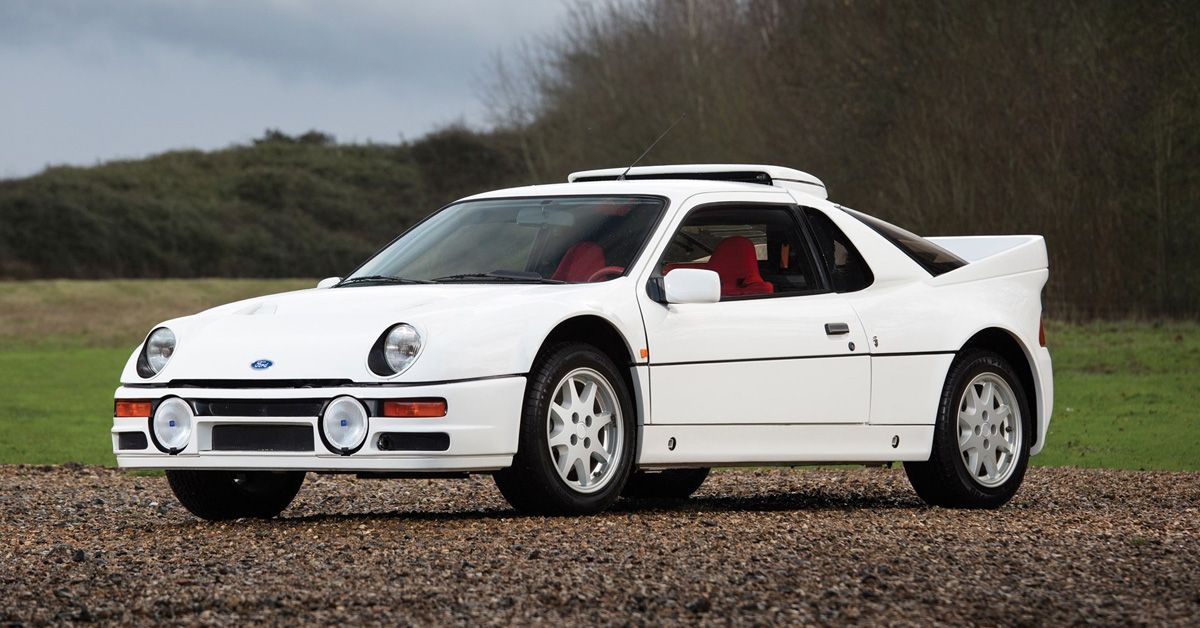
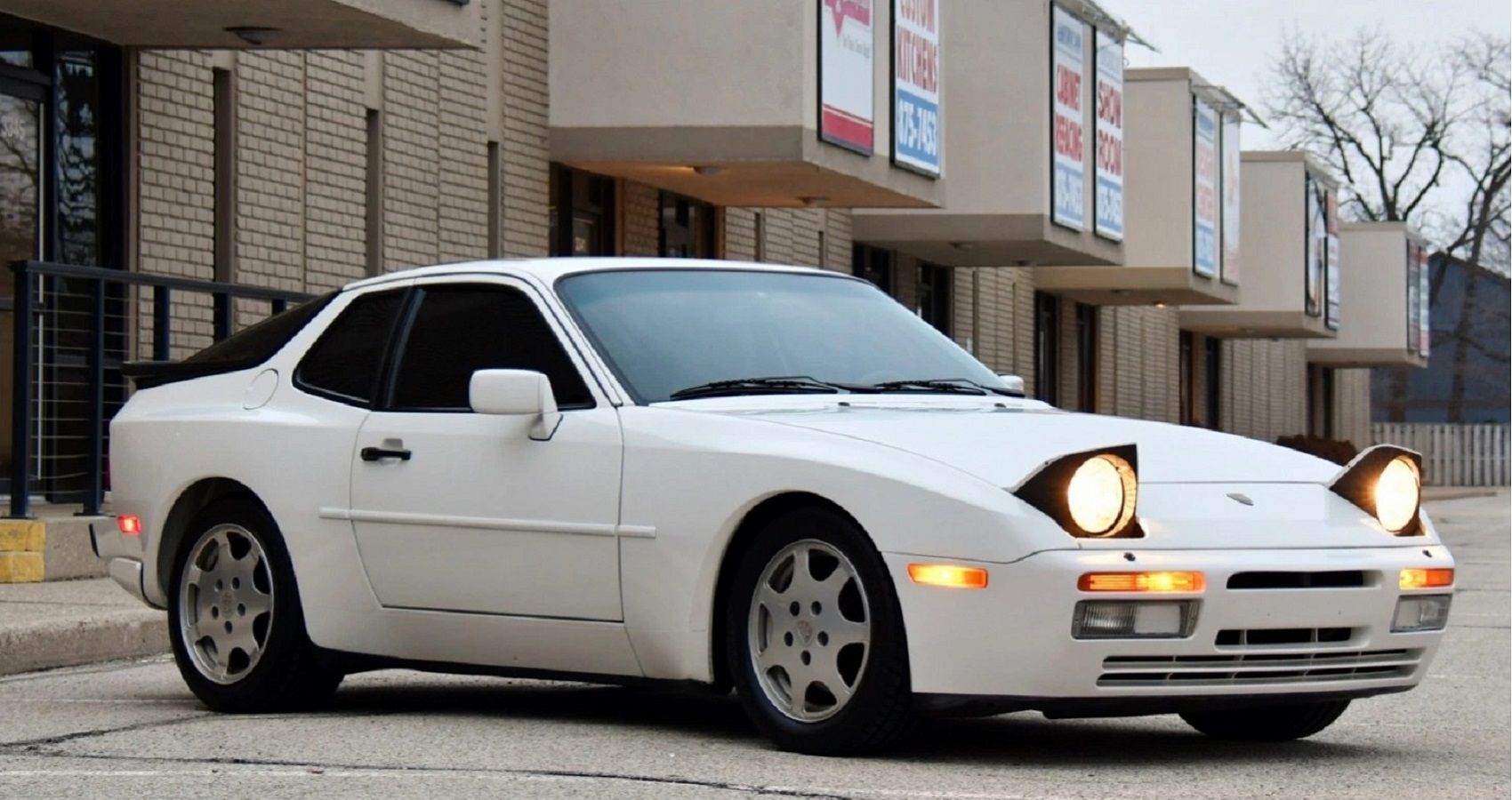
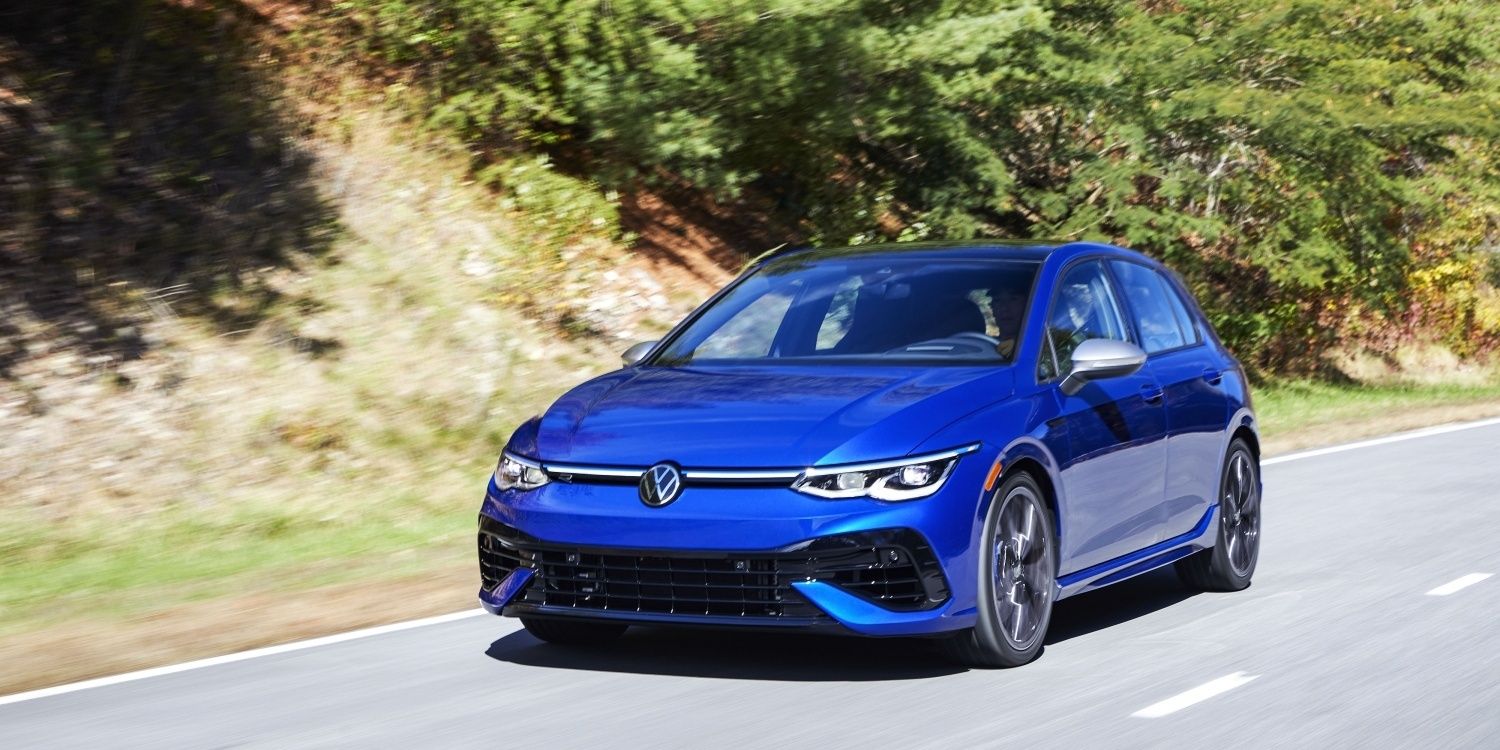
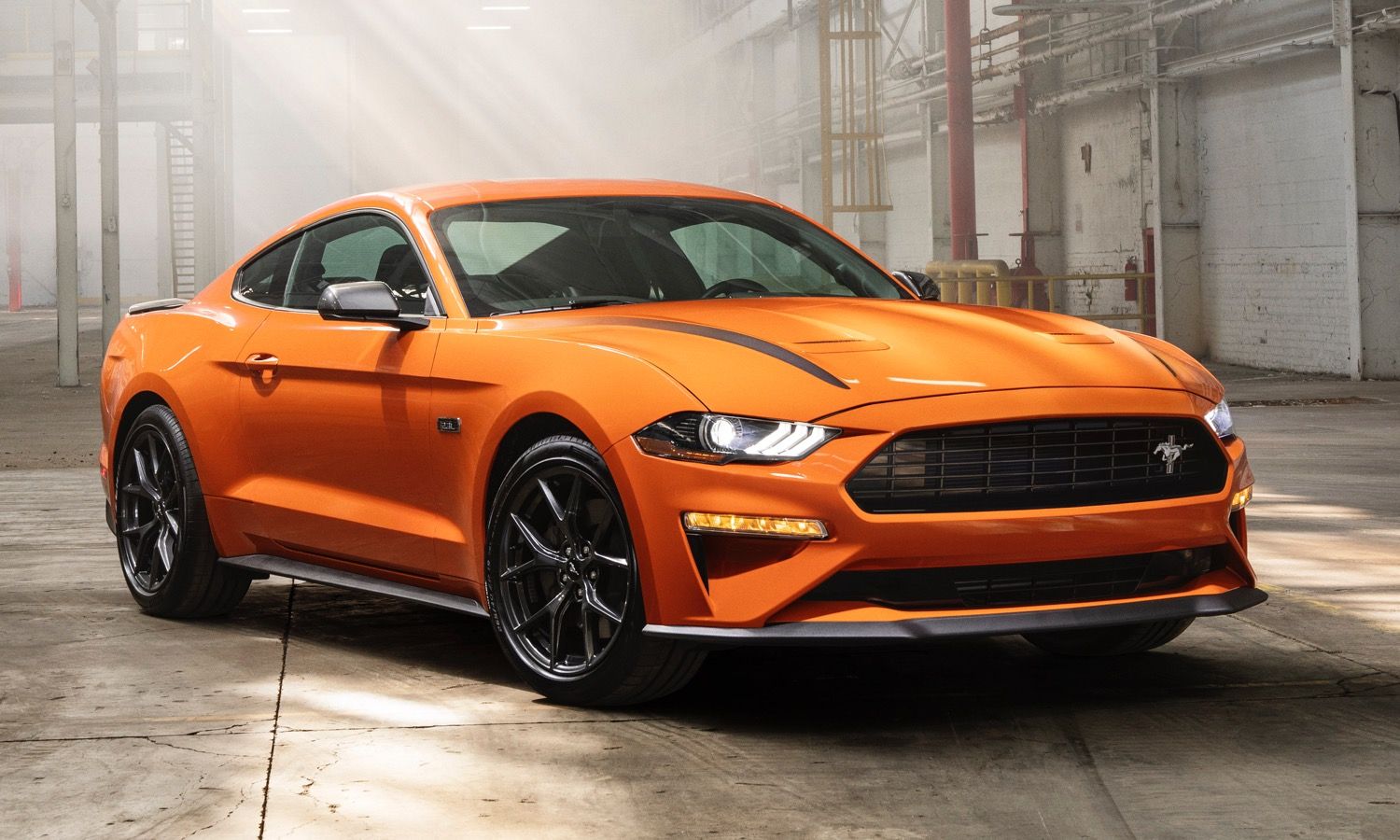
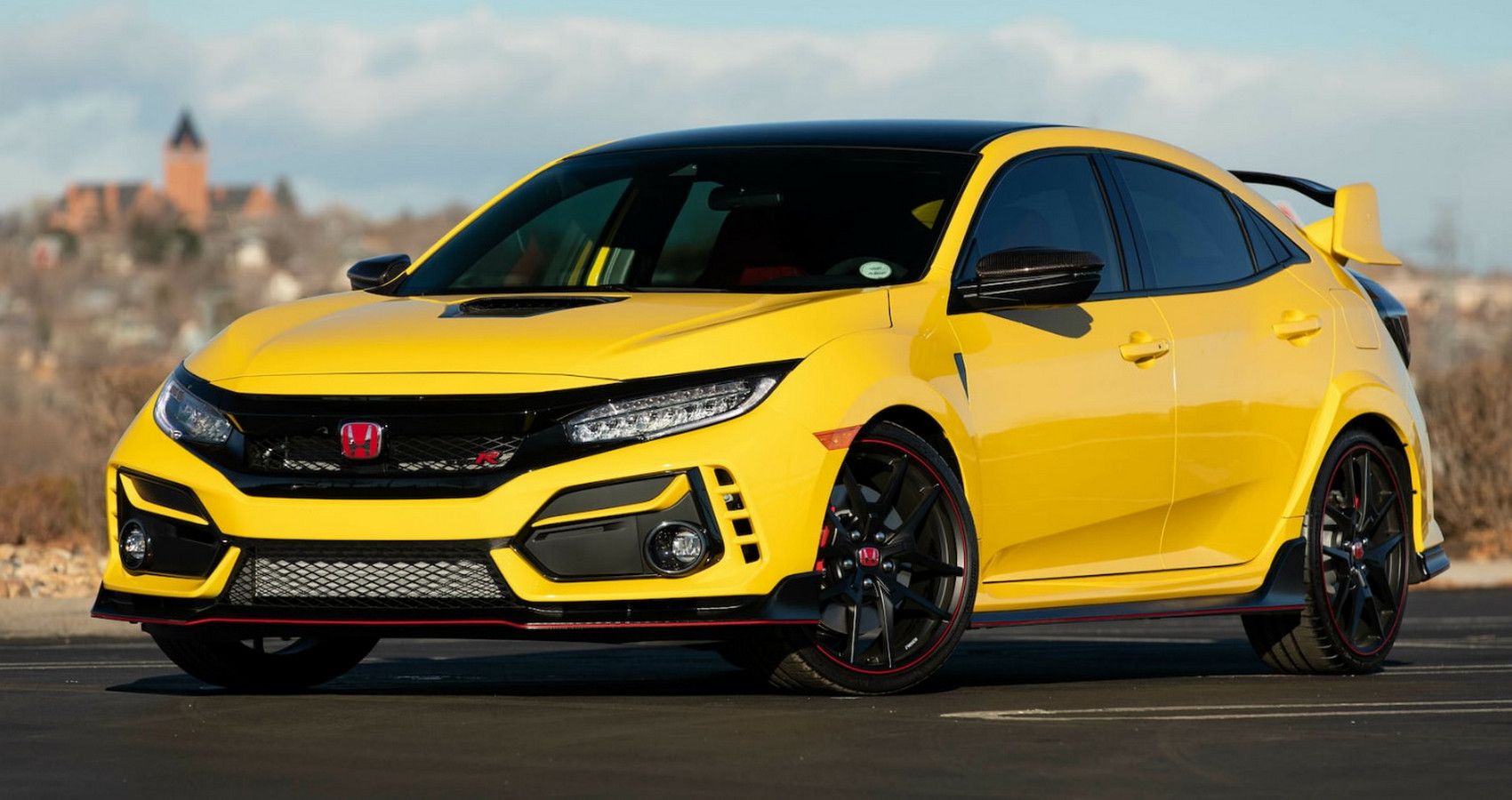
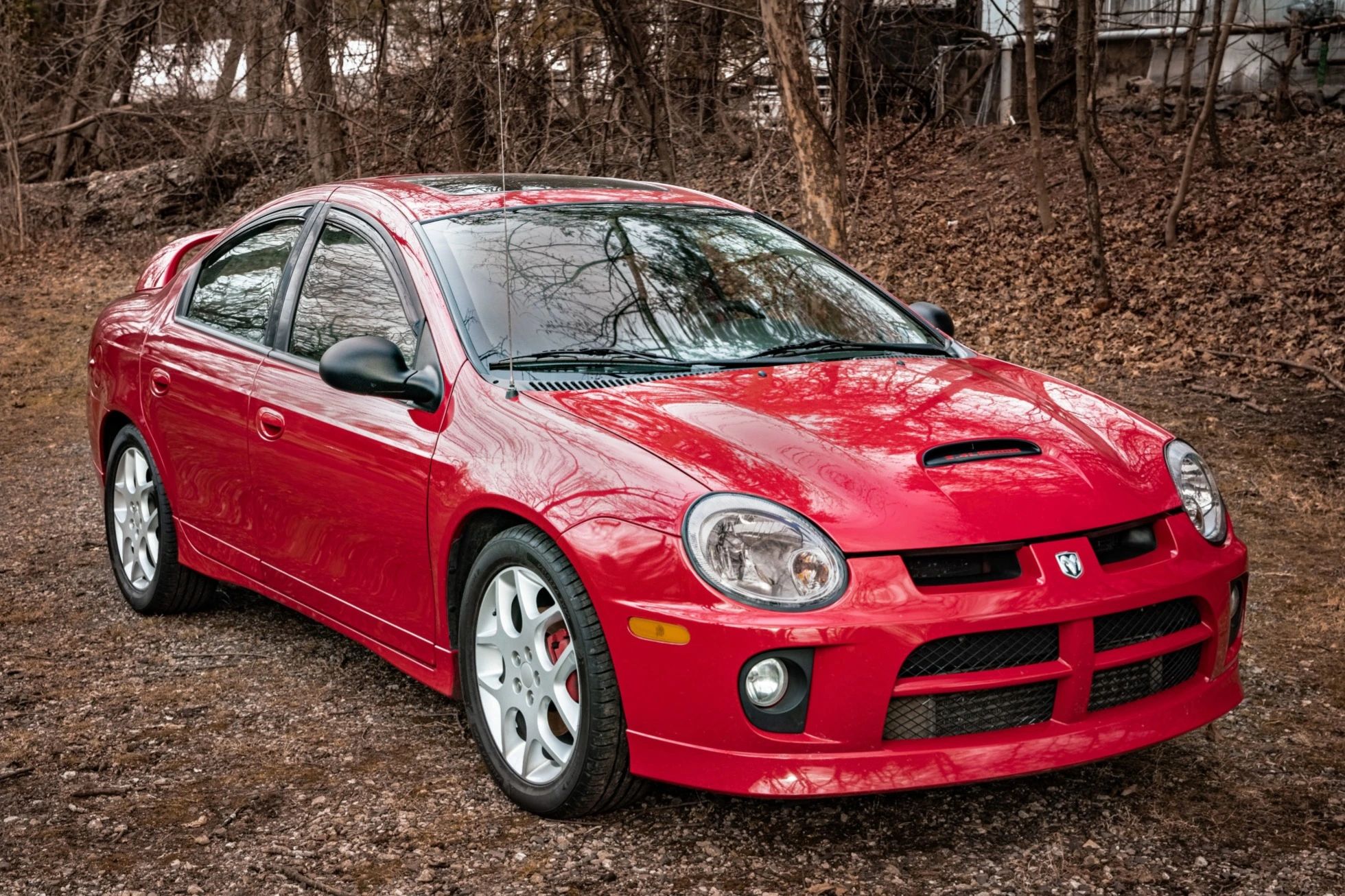
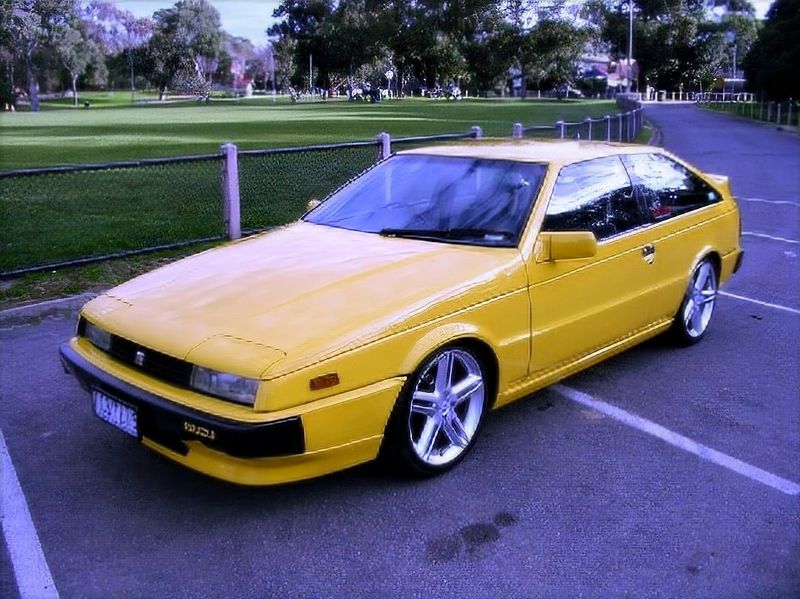
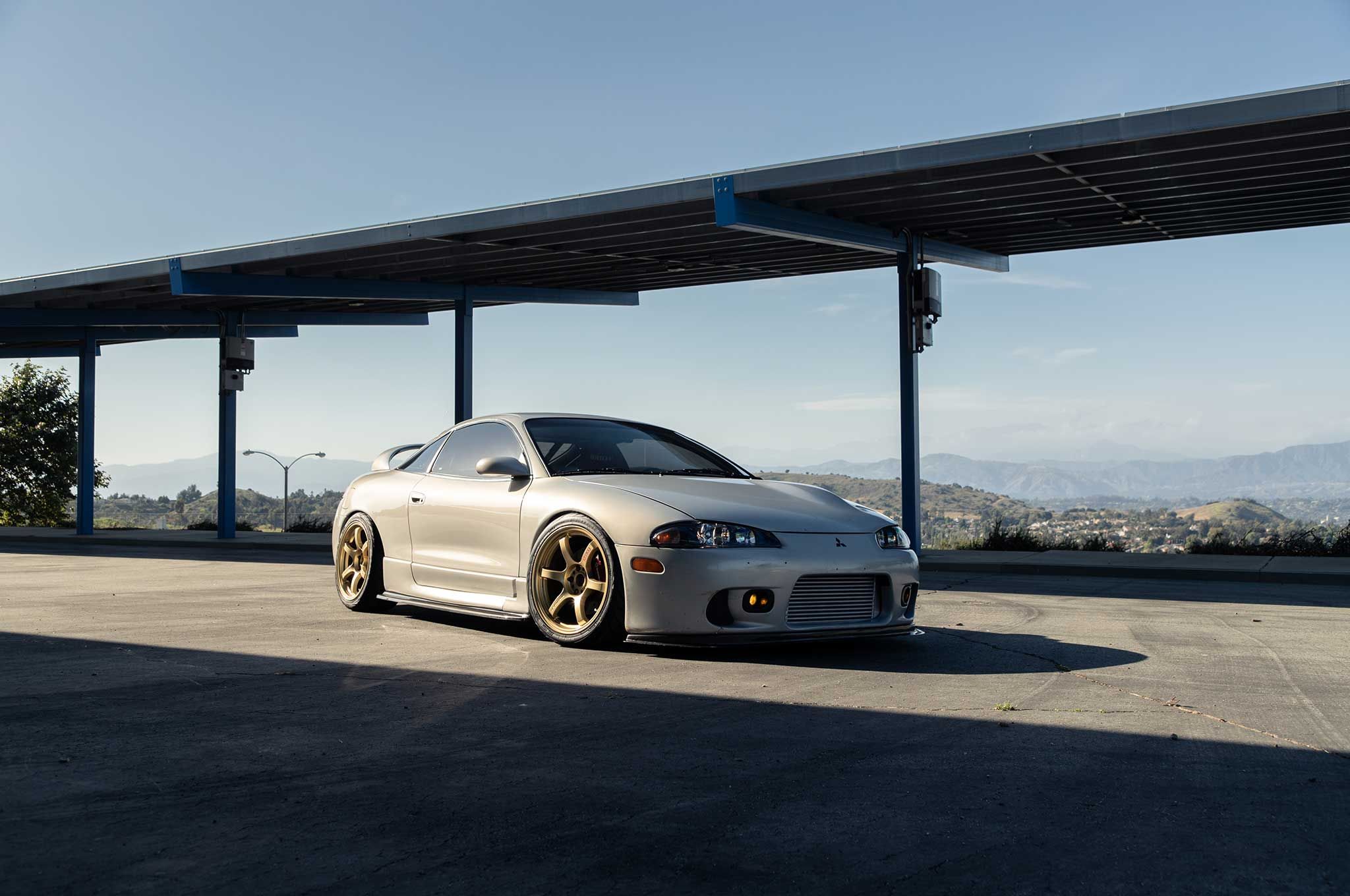
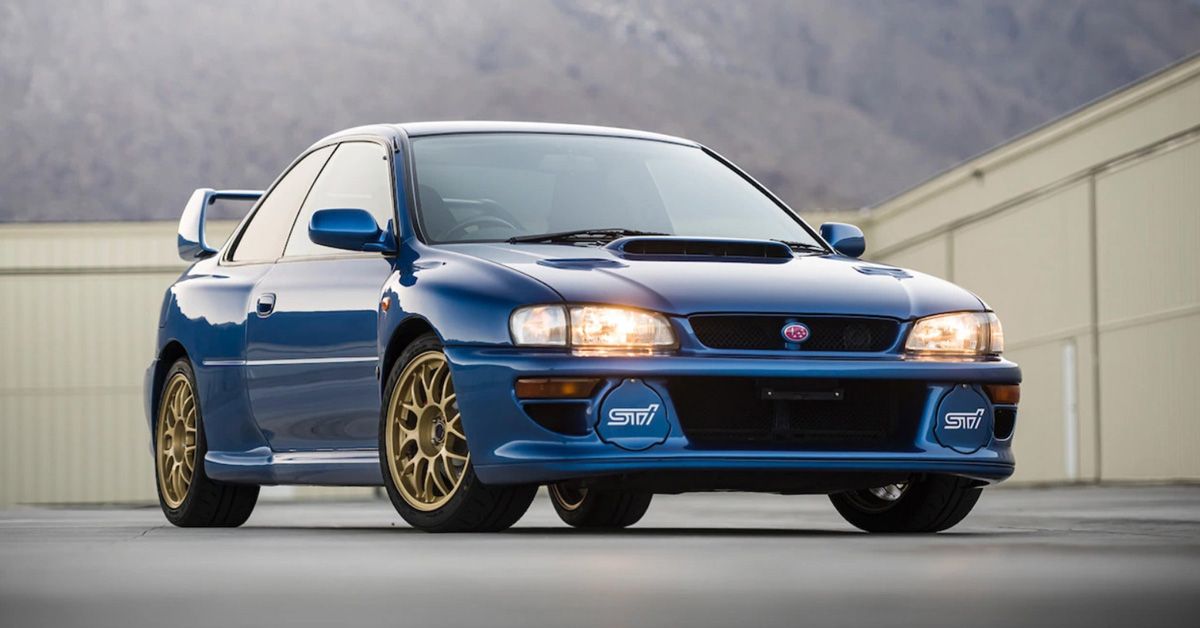
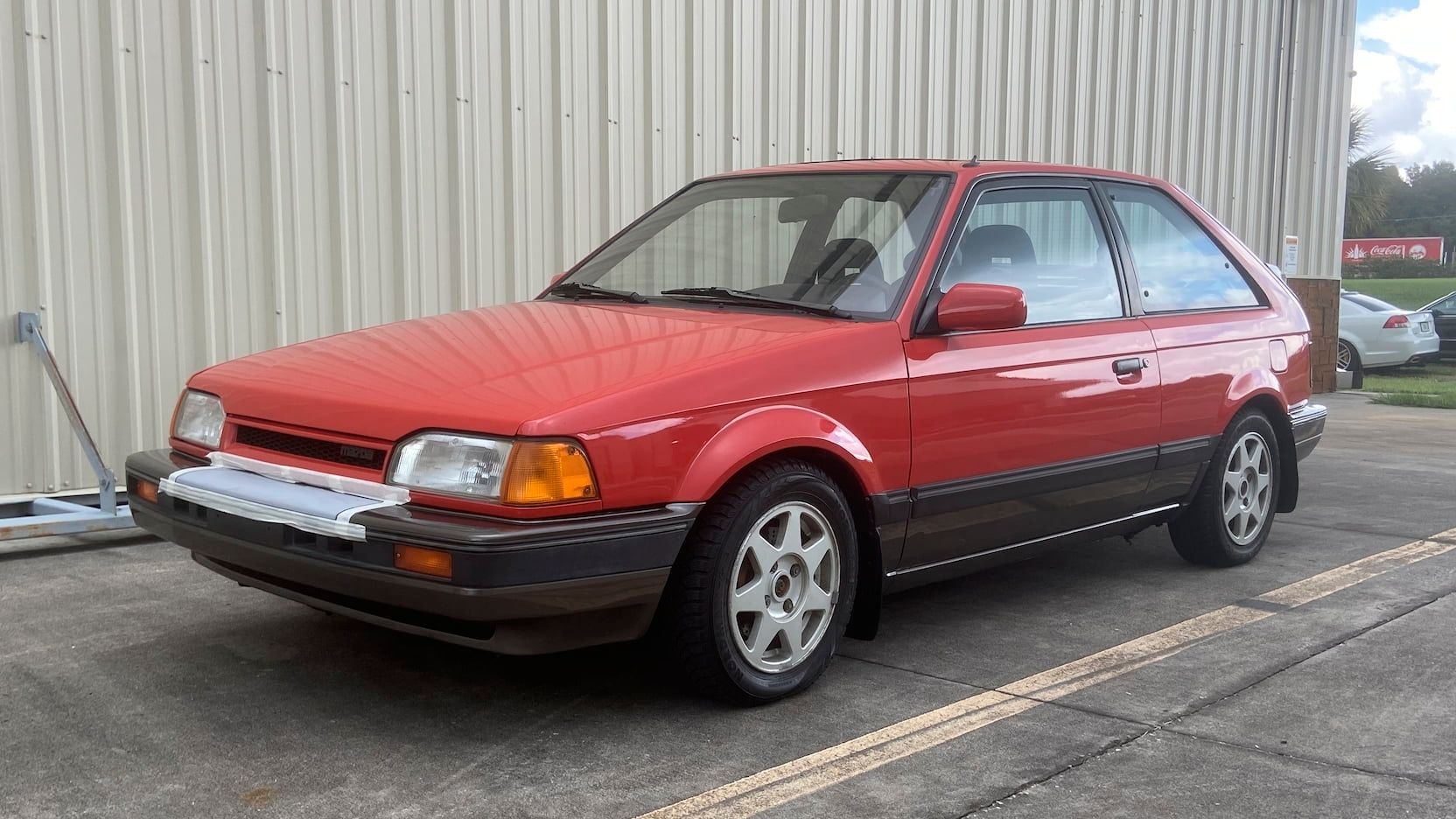
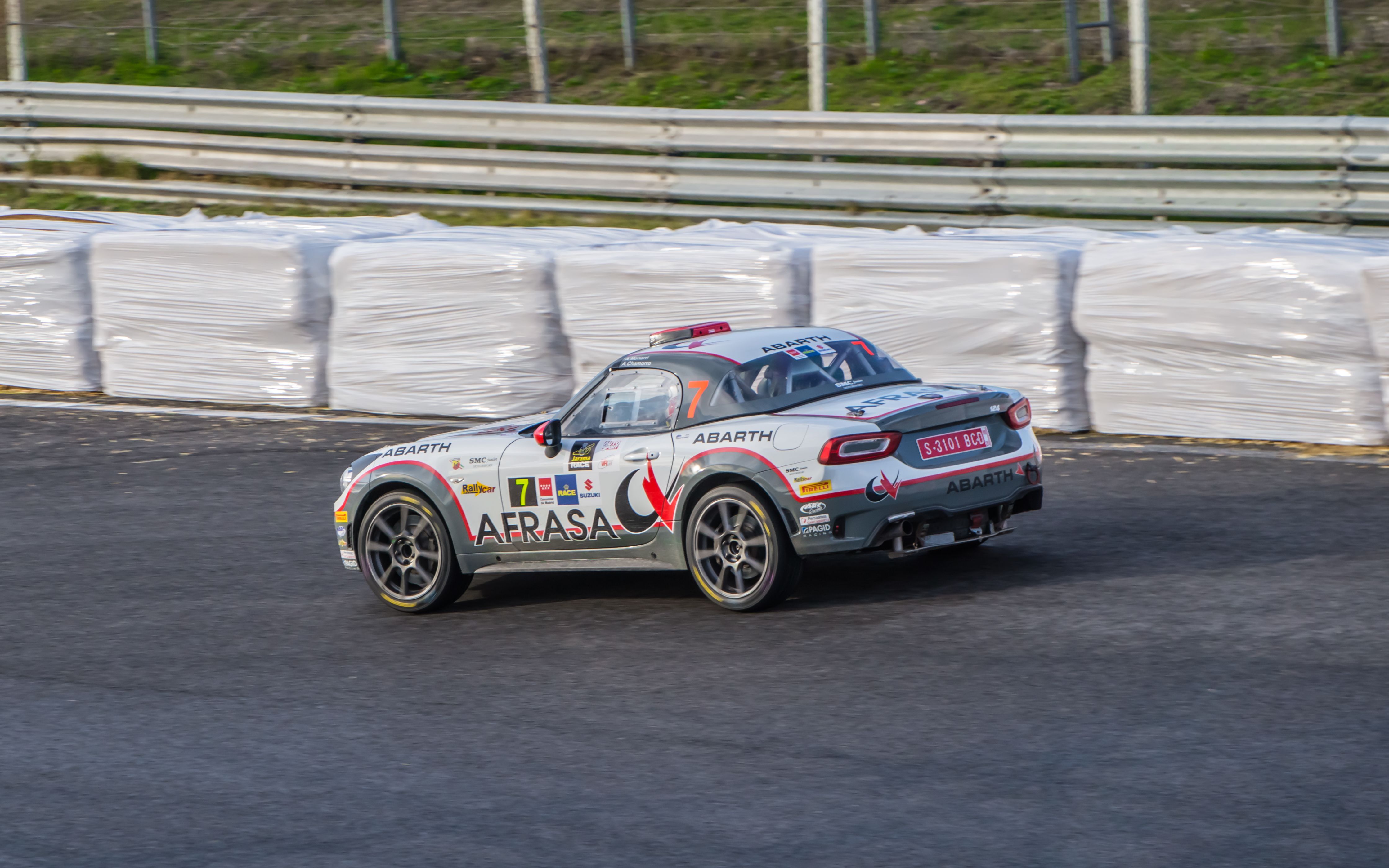
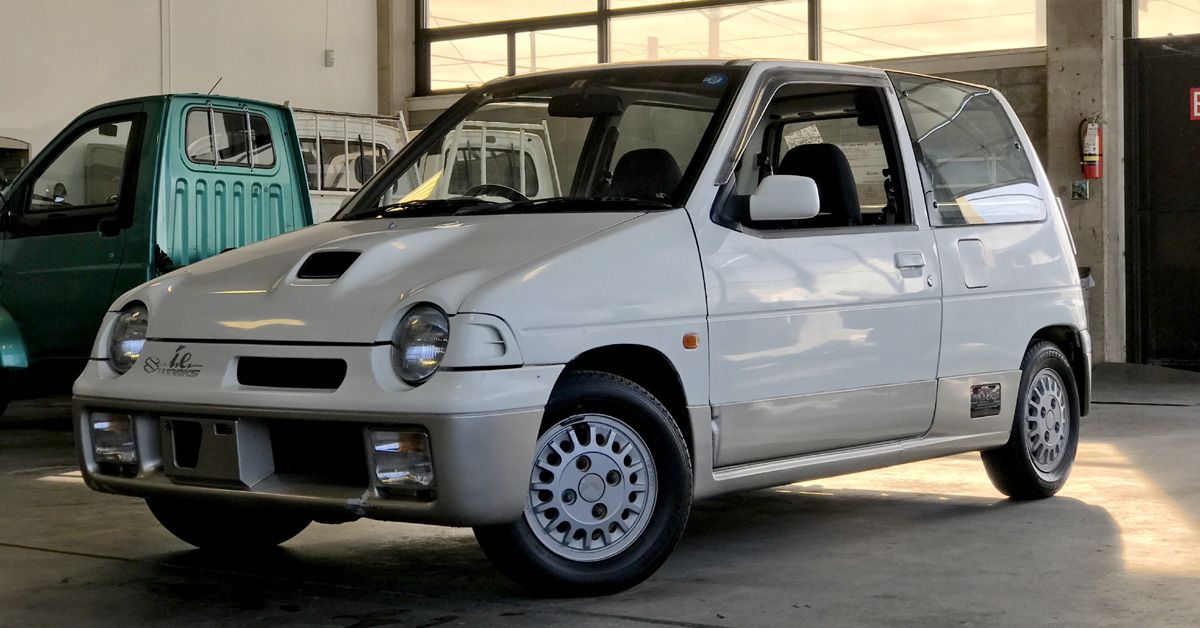
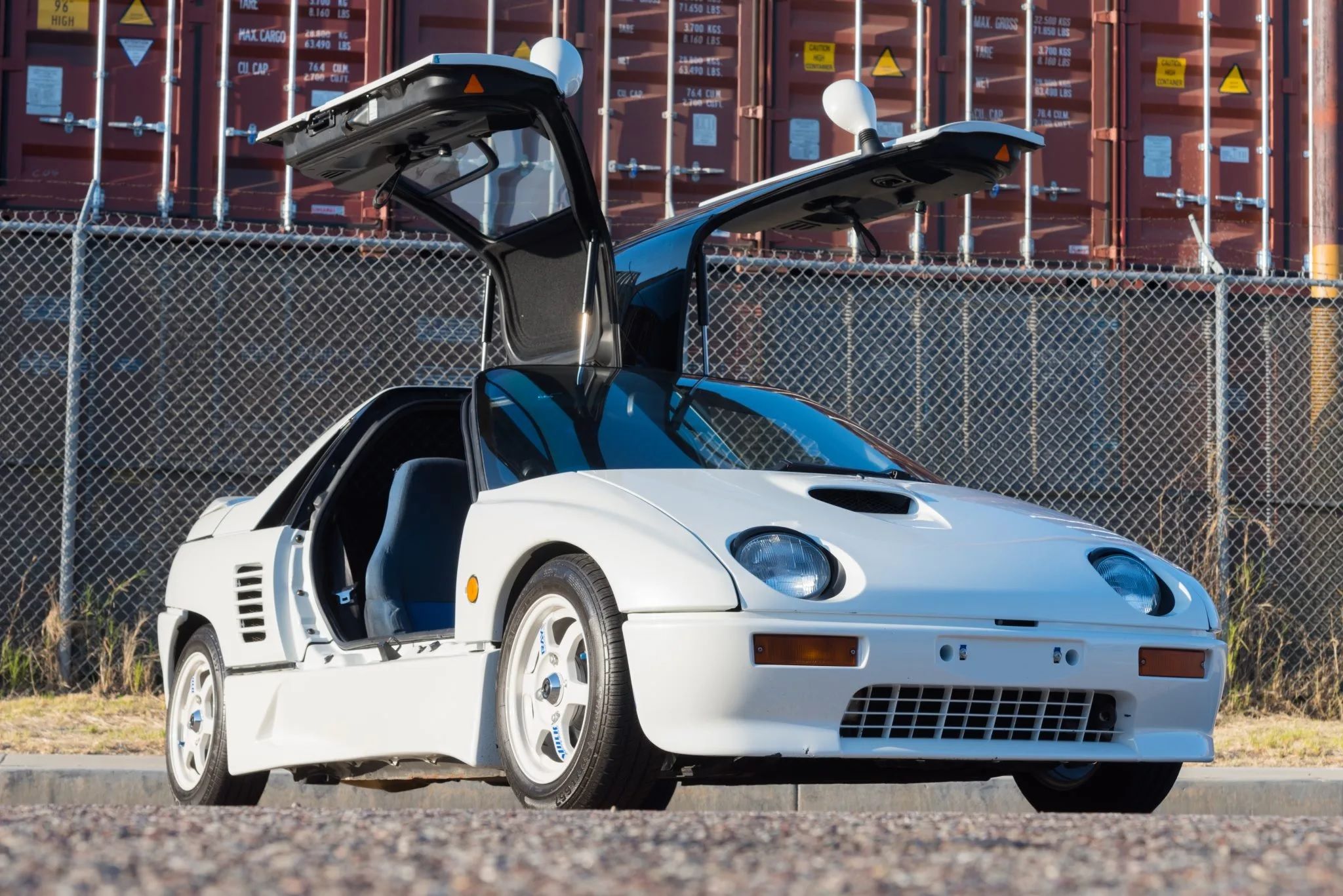
.jpg)
